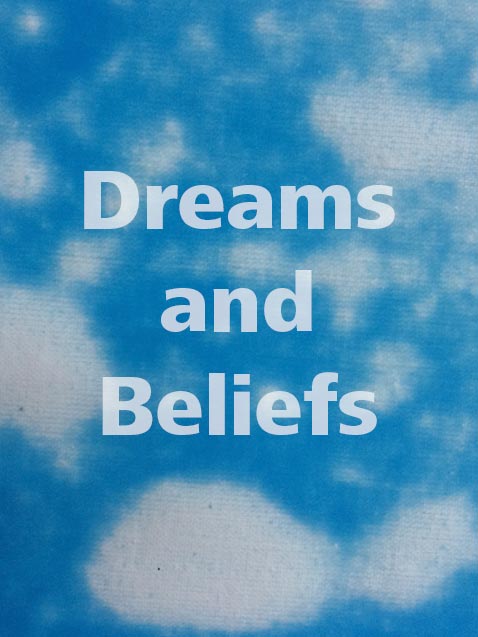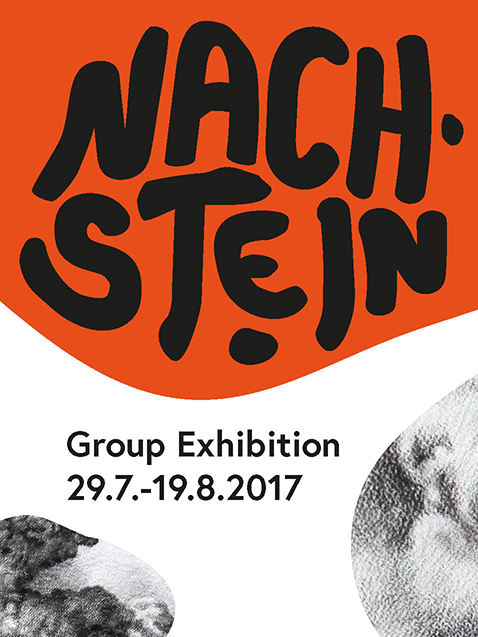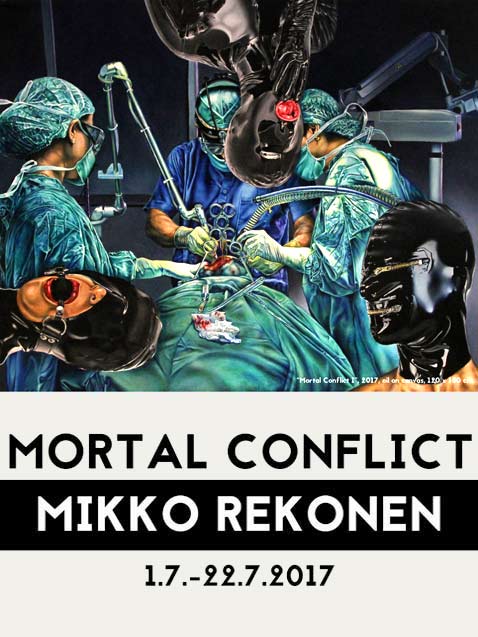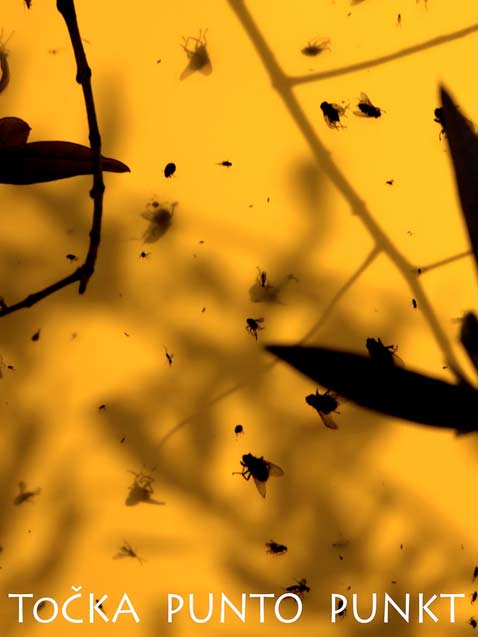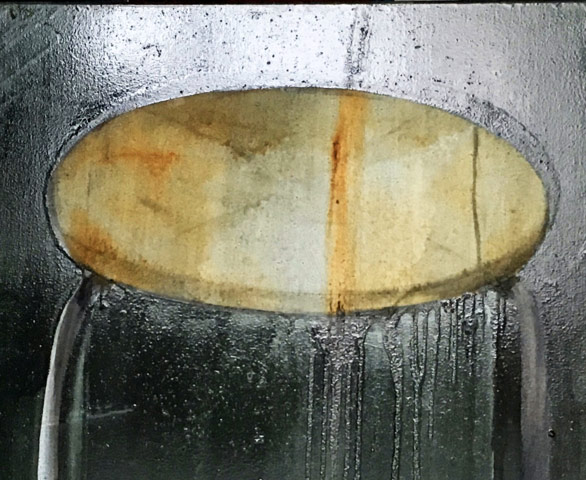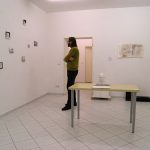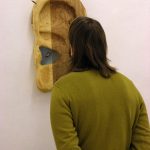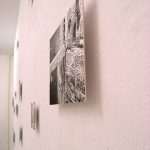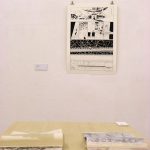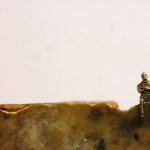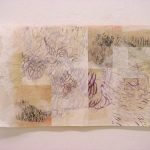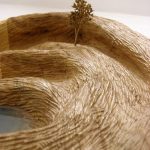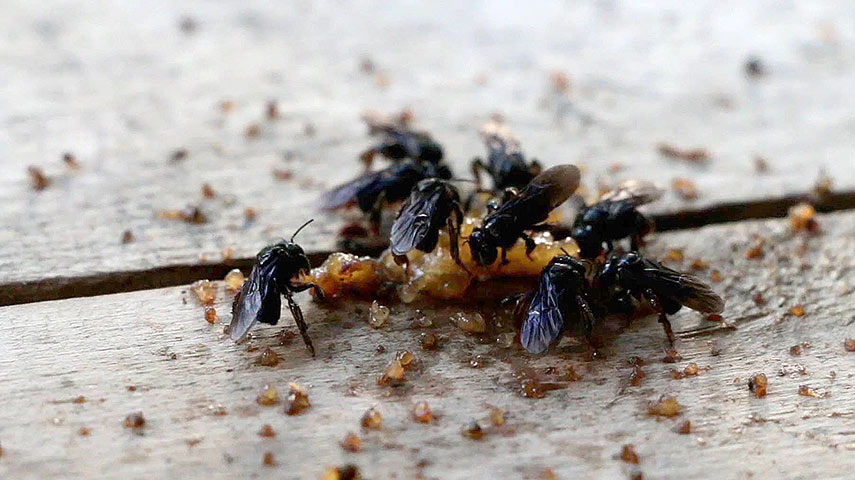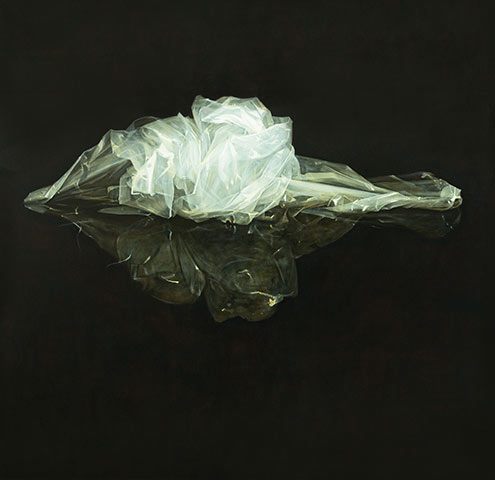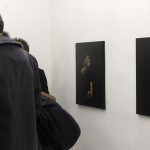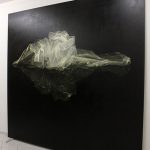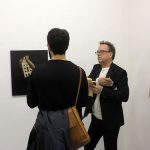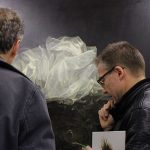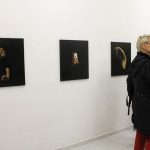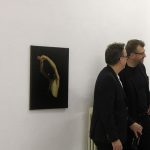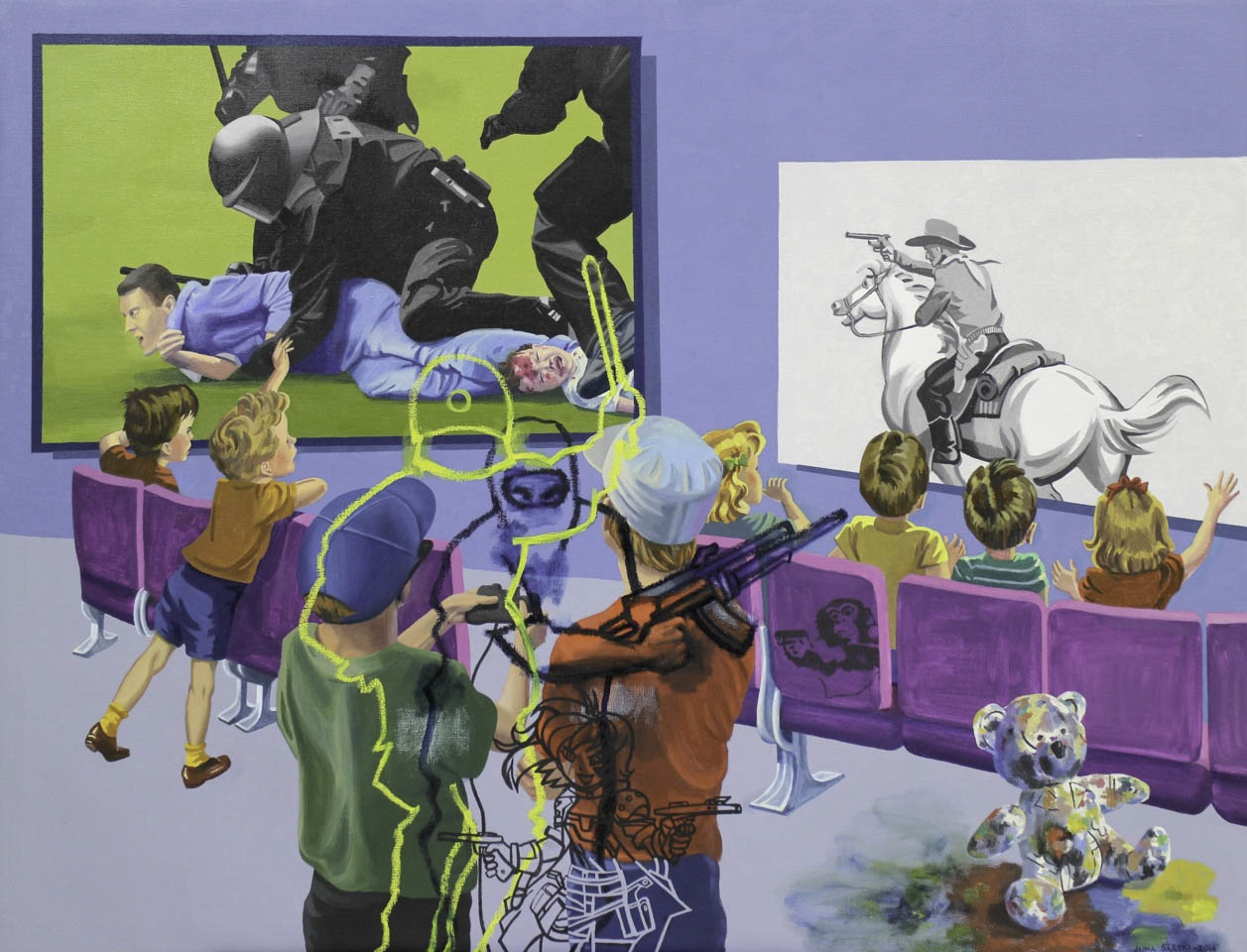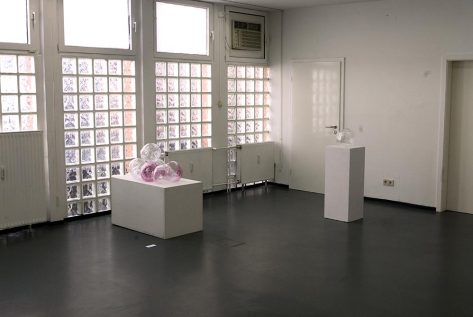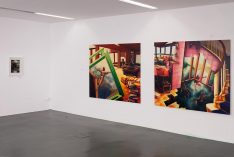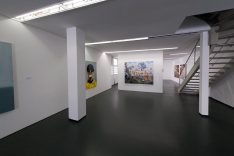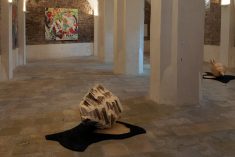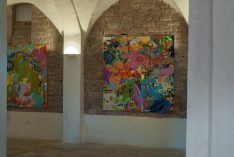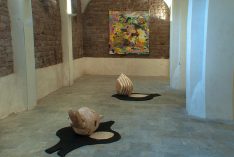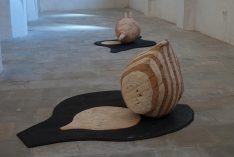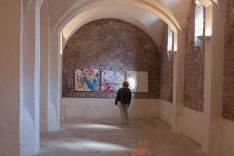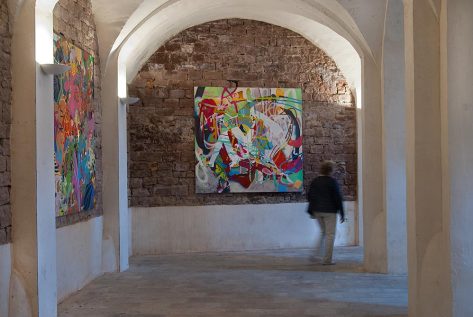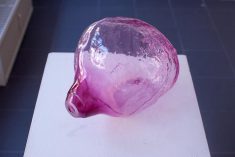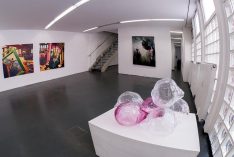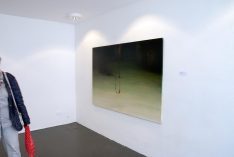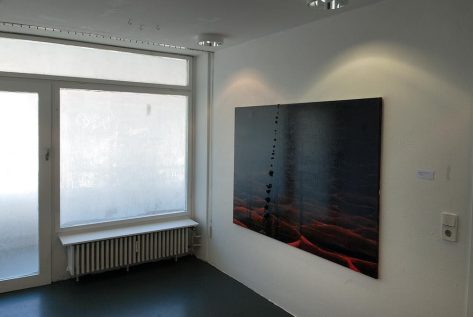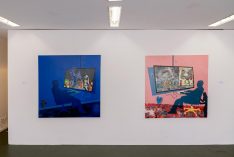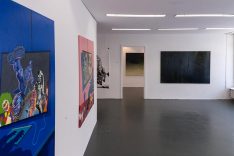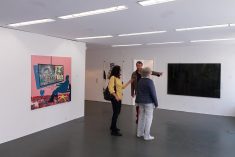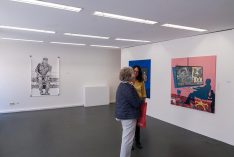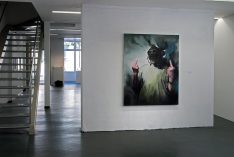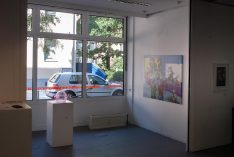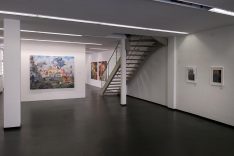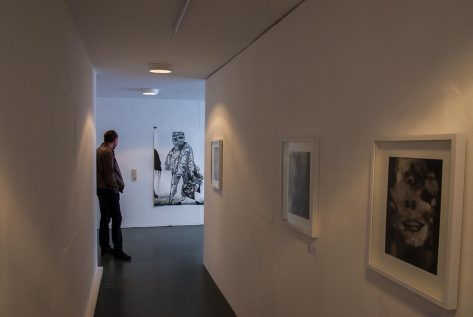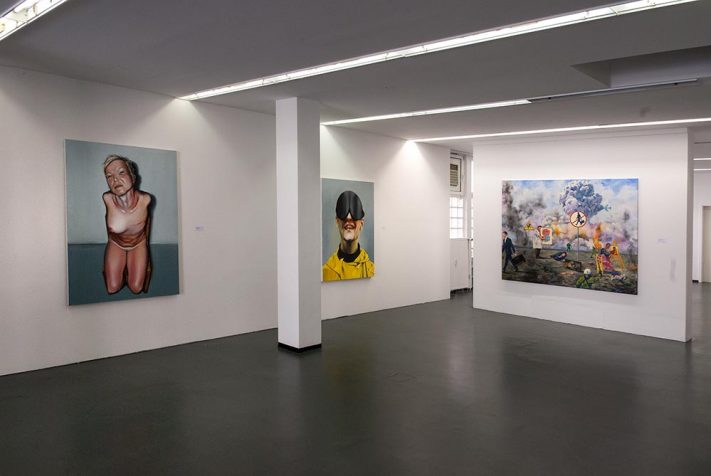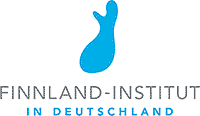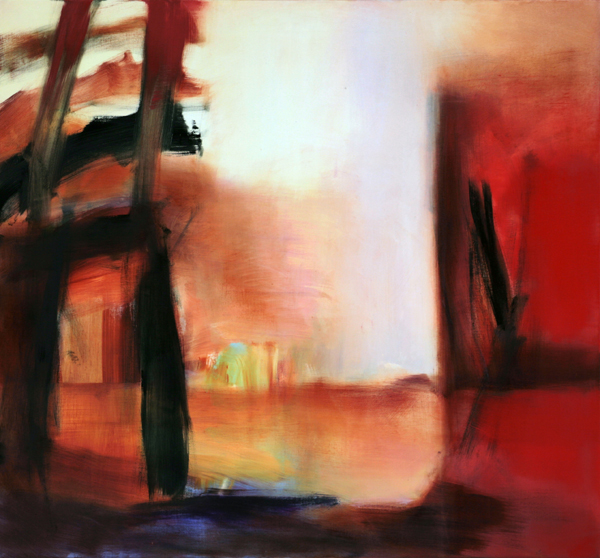Ein kuratiertes, kollektives, thematisches Kunstprojekt mit Positionen von 38 Künstlerinnen und Künstlern aus Kroatien, ausgestellt in drei Berliner Projekträumen der Kolonie Wedding.
Beteiligte Projekträume: Prima Center Berlin, InteriorDAsein und Toolbox.
Kurator / autor projekta / autore del progetto: Eugen Borkovsky
Welcome: Vernissage / Opening: Freitag / Friday 19.05.2017, 7pm
Öffnungszeiten Kolonie-Weekend / Friday 26.5. 7-10 pm, Saturday 27.5. 2-6pm, Sunday 28.5. 20172-6pm
Ausstellungsdauer / Exhibition open: 19.–29.05.2017
Öffnungszeiten: Di–Friday 16–19 Uhr
Opening hours: Di–Fr 4-7pm
An Feiertagen ist die Toolbox geschlossen
On Bank holidays Toolbox is closed
Point, Dot, Punto, Punkt, Tocka …
Dieses Projekt problematisiert, erläutert und illustriert ein künstlerisches Element, und das ist der Punkt; die Ausstellung ist Teil einer Reihe, die verschiedene künstlerische Elemente thematisiert. Die Künstler der Ausstellung präsentieren Werke, die sich mit dem Phänomen Punkt auseinandersetzen. Einige der Künstler stellen Fragen zur Bedeutung des Punktes, andere interpretieren ihn durch technische Variationen.
Das Kriterium für die Auswahl der gezeigten Werke war, dass möglichst mehrere Bedeutungsebenen zum Thema in den Werken wiederzufinden sein sollten. In mehreren sind zwei Diskurse sichtbar.
- Verwendung des Punktes in der Kunst und seine Bedeutung sowie Präsentation individueller und kollektiver Bedeutungen des Punkts,
- Erforschung der sozial-politischen Bedeutung des Punktes.
Die Ausstellung zeigt ein Spektrum engagierter Arbeiten mit imaginativem Ansatz.
Die meisten der ausgewählten Werke enthalten aktivistische, teilweise anarchistisch gefärbte Haltungen, deren Spannbreite von Intimität bis zu expliziten Botschaften reicht.
Die ausgewählten Werke gehören verschiedenen Stilen und Gattungen an. Sie eröffnen freie Möglichkeitsräume durch das Modellieren von Formen, Nutzung verschiedener Materialien und Medien sowie neuer Technologien.
Für Kunst ist gewiss wichtig, dass die Künstlerinnen und Künstler als Individuen ihre eigenen Emotionen in ihre Werke einfließen lassen. Sie sind keine Politiker, sondern Schauspieler, die direkt oder indirekt reagieren und möglicherweise vor Gefahren der sozialen Realität ihrer Zeit warnen, Zweifel an ihr äußern oder Kritik üben.
Wir haben heute den Glauben an Ideen verloren. Die in der Ausstellung gezeigten künstlerischen Positionen zeichnen sich allesamt durch eine deutliche Skepsis gegenüber der Gegenwart aus. Die Werke beschäftigen sich mit anthropologischen, politischen und sozialen Themen. Im Gegensatz zu Werbung ist Kunst niemals monofokal, sie verfolgt keine einzige Funktion, das heißt, sie ist vieldeutig.
Kritik an der postindustriellen Gesellschaft ist heute ubiquitär. Auch ein zunehmendes Bewusstsein der Grenzen von Geschichtsschreibung überhaupt ist zu vermerken, das heißt, wir glauben nicht mehr einfach, was in den Geschichtsbüchern und vergleichbaren Publikationen steht. So gewinnt der Zweifel an der Unfehlbarkeit westlicher Demokratie an Gewicht.
Die angeblich „einzig richtige“ soziale Ordnung zersetzt sich im außer Rand und Band geratenen Turbokapitalismus selbst; Entlassungen werden in fragwürdigen Statistiken kaschiert, die soziale Ungleichheit nimmt stetig zu, das Prekariat wächst. Dabei wird dann immer behauptet, das Problem seien die Einwanderer. Vielleicht spiegelt das sinkende subjektive Sicherheitsempfinden der Bevölkerung – bezogen auf Kriminalität – die tatsächlich sinkende soziale Sicherheit. Rechtspopulismus grassiert.
Das Individuum steht zerrissen zwischen der medialen Bilderflut vom idealen Leben und seiner eigenen tatsächlichen Handlungsunfähigkeit.
Die Arbeiten der Ausstellung wirken wie eine Art Seismograf der unsicheren Gegenwart. Viele Künstler beginnen zu erkennen, dass sie der westlichen Demokratie völlig egal sind. Das System duldet sie nur. Das Schicksal des Künstlers in der heutigen Zeit wird nicht nur durch seine Lage bestimmt, sondern auch durch die Entscheidung, gesellschaftspolitisch engagiert oder aber passiv zu bleiben. Wir leben in einer Zeit der Widersprüche. Die Propagandamaschinen (etwa der Werbung) versprechen uns eine neue, schönere, bessere und glitzernde Welt. Auf der anderen Seite werden wir ständig zu Einsparungen gezwungen, und sie versuchen uns von der Notwendigkeit von Kriegen zu überzeugen, die im Namen einer künftigen allgemeinen Wohlfahrt geführt werden.
Im Glauben an die letztendliche Überlegenheit der Vernunft über die wilde Geschäftemacherei habe ich Arbeiten gewählt, die den Zustand der Welt nicht als passive Beobachter, sondern als Teilnehmende zeigen. Die Werke erforschen, provozieren und regen Diskussionen an.
Grožnjan ist ein besonderer Ort der Kreativität; die ausgewählten Künstlerinnen und Künstler stammen aus dem Umfeld dieses Zentrums. Jedes der Werke nimmt mit einem ganz individuellen Ausdruck eine Befragung der Moderne vor, mit einer breiten Spannbreite im Gestus von klarer und starker Botschaft bis zur feinen Andeutung, von der Dokumentation zur Provokation.
Eugen Borkovsky
Beteiligte Künstlerinnen und Künstler
- Darko Brajković Njapo
- Vedran Burul
- Bruna Dobrilović
- Slađan Dragojević
- Fernando
- Lana Flanjak
- Željka Gradski
- Evin Hadžialjević
- Slavica Isovska
- Pamela Ivanković
- Marija Jaensch
- Marino Jugovac
- Radovan Kunić
- Andrea Kustić
- Edvard Kužina Matei
- Gordana Kužina
- Miranda Legović
- Xueh Magrini Troll
- Milan Marin
- Slavica Marin
- Josip Mijić
- Gail Morris
- Saša Pančić
- Danilo Potočnjak
- Dijana Rajković
- Relja Rajković
- Nika Rukavina
- Andrea Ružić Čović
- Refik Fiko Saliji
- Irena Škrinjar
- Nina Šperanda
- Luiza Štokovac
- Noel Šuran
- Urša Valič
- Asja Vasiljev
- Andrej Zbašnik
- Marko Zelenko
- Martin Zelenko
Grožnjan: Stadt der Künstler
Grožnjan ist eine Stadt in Istrien, einem Landesteil Kroatiens. Es liegt über dem Mirna-Tal auf einem Hügel, 228 Meter über den Meeresspiegel. Grožnjan war in prähistorischer Zeit schon besiedelt, später eine römische Festung; historische Quellen erwähnen Groznjan erstmals 1102. Die mittelalterliche Stadt ist bis heute erhalten geblieben. Der Ort hat dicke Stadtmauern mit zwei Toren, von denen eines heute noch steht. Von den Stadtmauern aus kann man bis aufs Meer sehen.
Die Amtssprachen in Grožnjan sind Kroatisch und Italienisch, es werden aber auch Slowenisch und andere Weltsprachen gesprochen.
